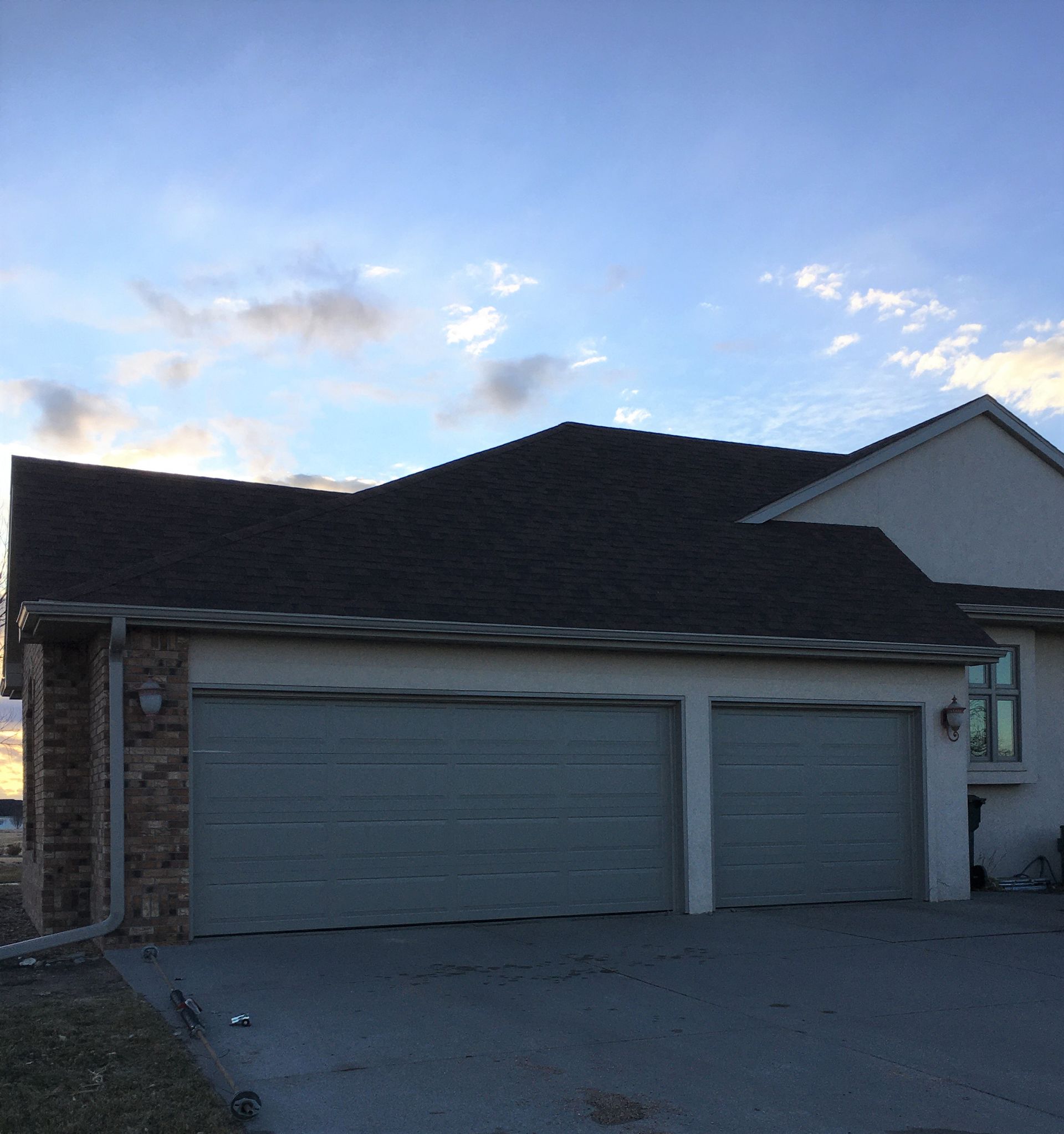Why Roof Inspections Matter
A professional roof inspection is a key aspect of home maintenance that can prevent costly repairs down the line. Your roof faces harsh weather over time, leading to gradual wear and tear. Conducting a roof inspection helps identify issues early, assess the roof's current condition, and ensure your home remains protected. Whether you’re purchasing a new home, here’s what to expect during a professional roof inspection.
Step 1: Initial Consultation
The process begins with an initial consultation between you and your roofing contractor. During this step, you’ll share concerns regarding your roof, such as wear and tear. The inspector may inquire about the roof’s age and past repairs. This discussion provides insight for the inspector on areas needing attention.
The Second Step: Observing from the Ground
A professional roof inspection typically begins with a ground-level assessment from the ground. This allows the contractor to spot obvious issues like missing shingles. Although ground inspections offer valuable insight, a closer look from the roof itself is important for a comprehensive evaluation.
Step 3: Climbing onto the Roof
The next phase involves the contractor physically inspecting the roof. With proper gear, they will look for specific issues like:
- Shingle Condition: Checking cracked, curled, or missing shingles.
- Roof Penetrations: Examining chimneys, vents, and skylights for leaks.
- Flashing: Ensuring flashing materials are intact and watertight.
- Gutters and Downspouts: Confirming they are unclogged to direct water away.
- Signs of Water Damage: Checking for evidence of leaks, which might signal ventilation problems or water intrusion.
Step Four: Checking the Attic
If needed, the contractor may examine your attic to find hidden problems like leaks or mold. This step helps determine not visible issues that might not appear at roof level. Proper attic ventilation is key to avoiding mold growth.
Step Five: The Inspection Report
After finishing the inspection, the contractor will deliver a detailed report. This report outlines findings such as ventilation concerns and provides recommendations for repairs or maintenance. They may also propose timelines and cost estimates for addressing the issues.
Why Regular Roof Inspections Are Crucial
Regular roof inspections extend your roof’s life. Damage can escalate if not addressed promptly. Scheduling inspections after major storms ensures problems are caught early, saving you time and money.
Conclusion: Keep Your Roof in Top Condition
A professional roof inspection is a smart choice to maintain your roof’s condition. Whether you're selling your home, regular inspections are essential. Don’t wait for leaks—schedule an inspection today.
Schedule Your Inspection with Weathercraft Roofing
If you’re looking for roofing experts, Weathercraft Roofing has you covered. Our team evaluates your roof’s condition and offers the insights you need to ensure protection.
Schedule Your Roof Check Now